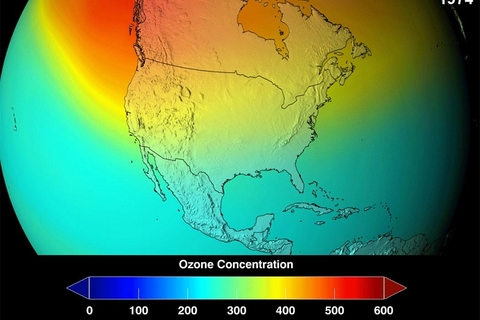
According to a report published by Persistence Market Research titled “Global Market Study on Ozone Technology: Air and gas to Witness Highest Growth by 2020,” the global ozone technology market was valued at $715.4 million in 2013 and is expected to grow at a CAGR of 8.1% from 2014 to 2020, to reach an estimated $1,242.0 million in 2020. Ozone technology is used for disinfecting water, equipment and surfaces and purifying air. It is also used in therapy of some of the most fatal diseases such as cancer and human immunodeficiency virus infection/acquired immune deficiency syndrome (HIV/AIDS).
Highlights
- Ozone technology equipment has promising growth rate in the waste water treatment equipment, in municipalities, and other water treatment segment which include swimming pools and spas.
- Increasing global health concerns due to surge in urbanization, increasing water contamination and increasing level of industrialization are driving the ozone technology market globally.
- Ozone offers many advantages in terms of higher overall disinfection capacity and better processing speed for water disinfection as compared to the other disinfection mediums such as chlorine and UV,
- Simple technology and lack of regulatory requirement for ozone generators in most parts of the world lead to emergence of many small private level regional companies with customized solutions.
- The market is fragmented though there are only few big international players operating on top, especially in potable water, other water, industrial water and waste water segments.
- Most of the large companies, such as Ebara Corporation and Degrémont, operate through their subsidiaries.
- Some of the big players such as Mitsubishi Electric Corporation have raised the standard of products by introducing high efficiency and low power ozone equipment in the market.
[“source=sensorsmag”]
 Techosta Where Tech Starts From
Techosta Where Tech Starts From